13 Sickle Cell
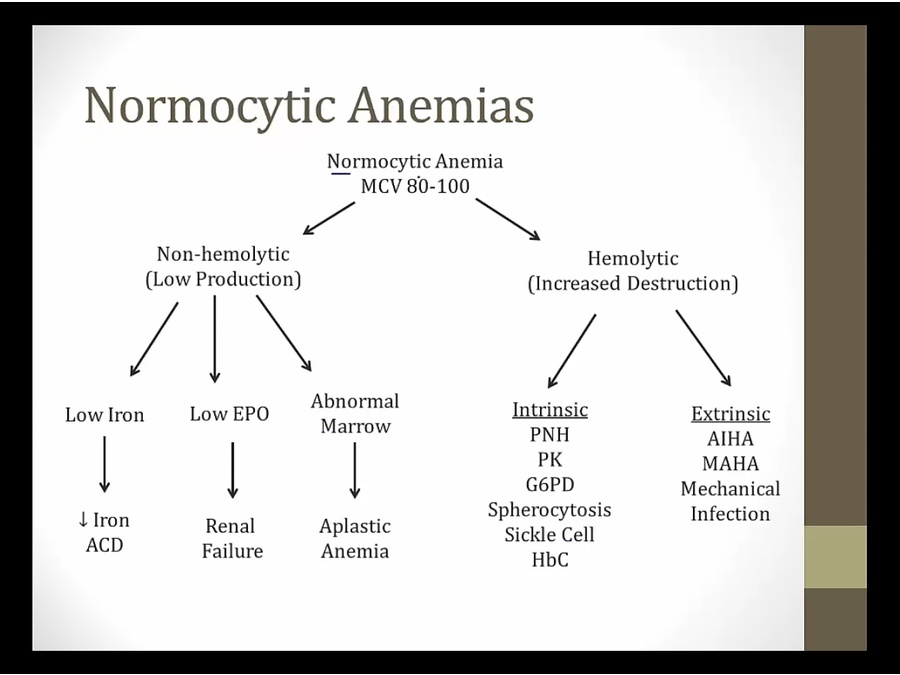

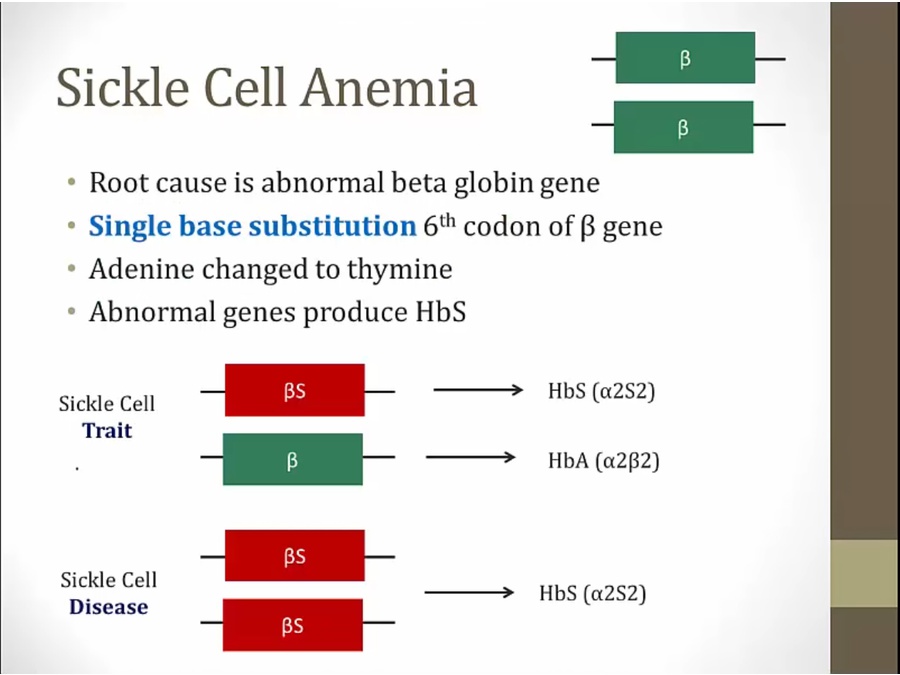
- 2 genes, 1 from each parent
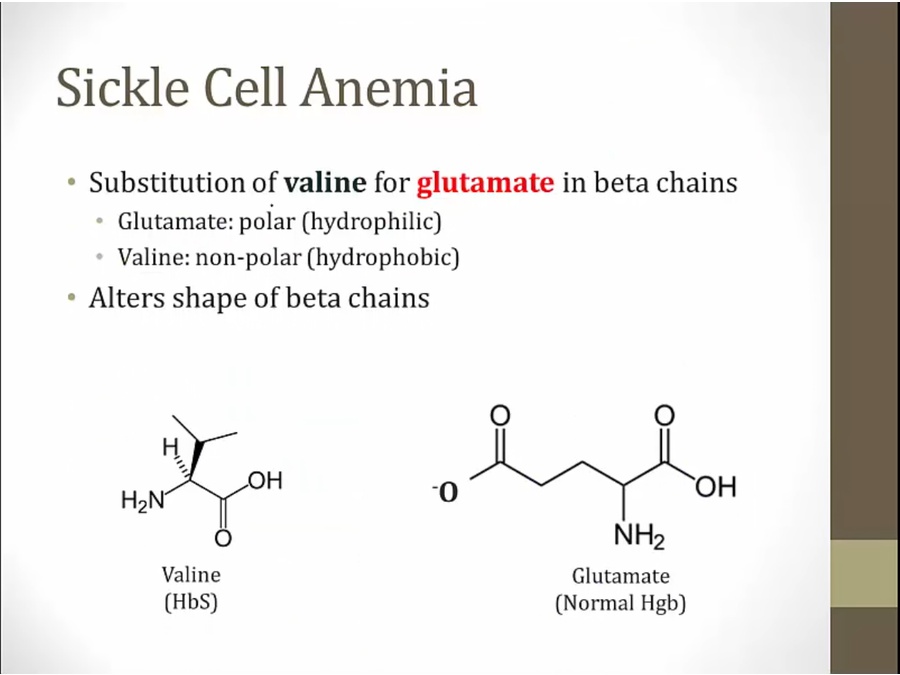
- A to T leads to aa substition

- dehydration/acidosis: acute exacerbation
- polymerize and make RBC form crescents
- decrease ESR instead of up
Symptoms
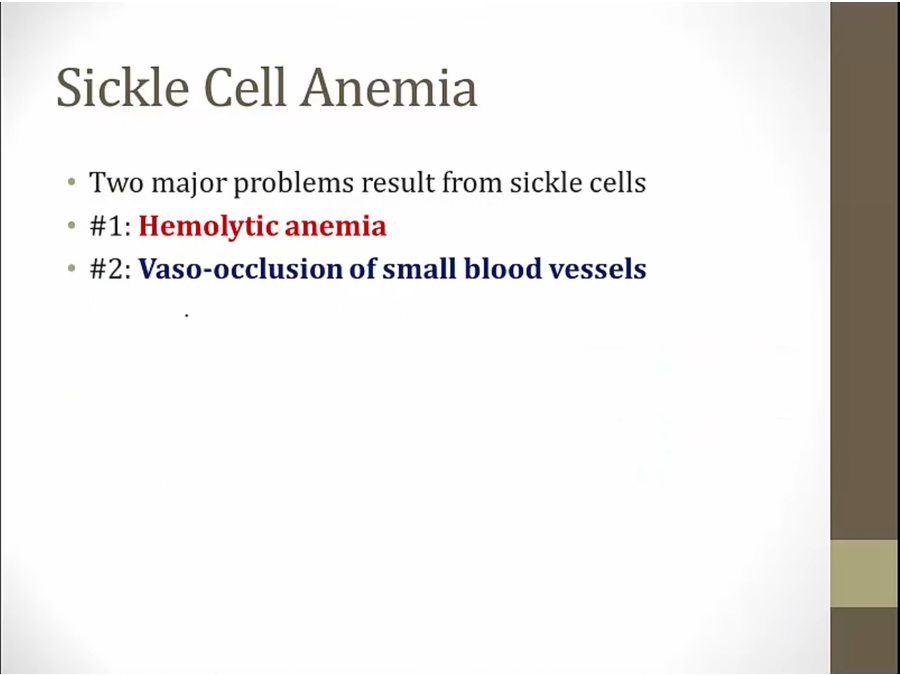
- hemolytic anemia similar to beta thalassemia major
- vaso occlusion: more dangerous and unique symptoms
Hemolysis
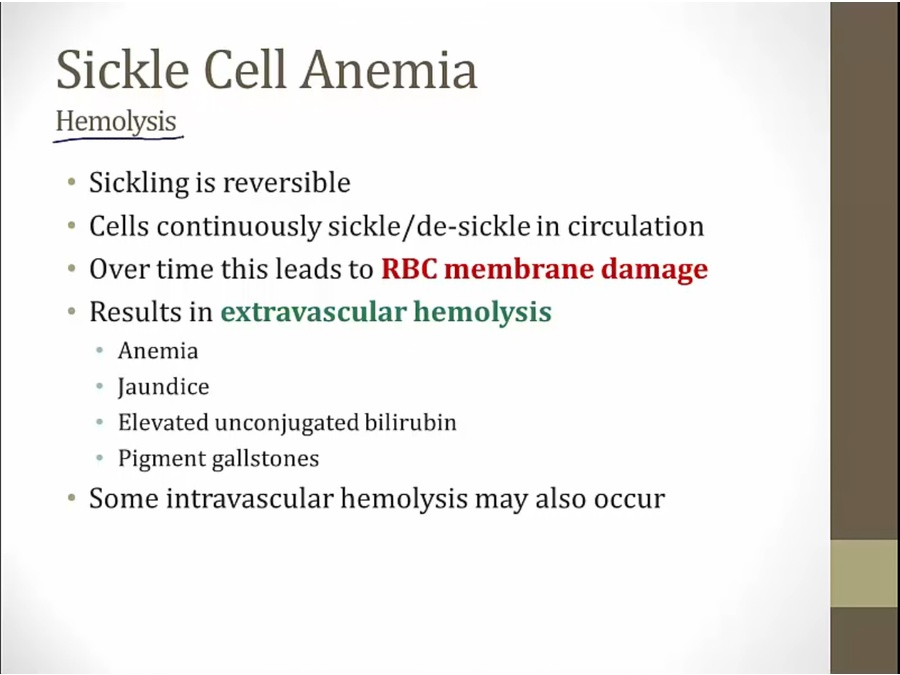
- sometimes simply rupture in vasculature
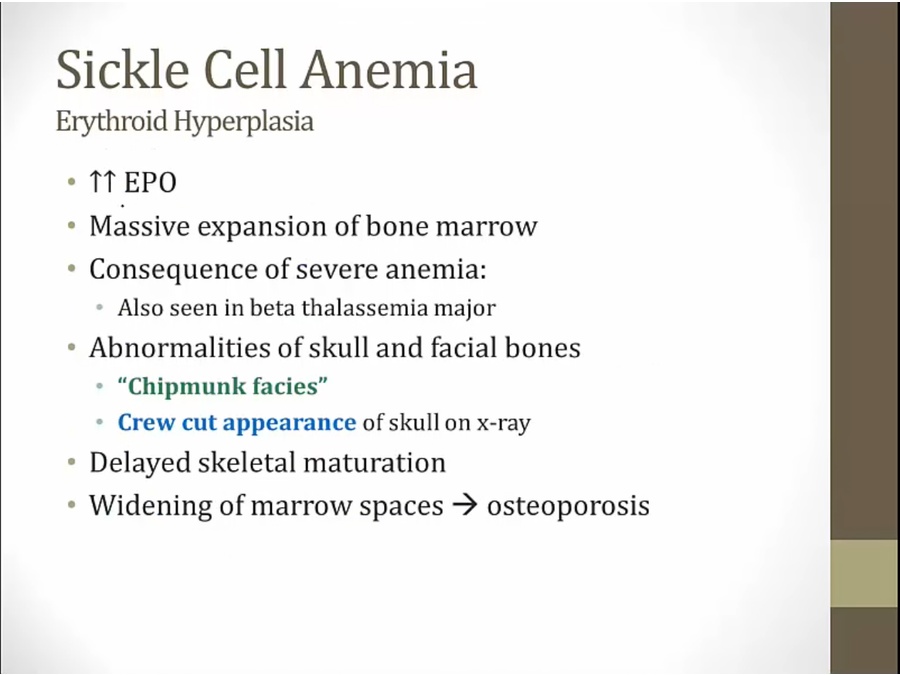
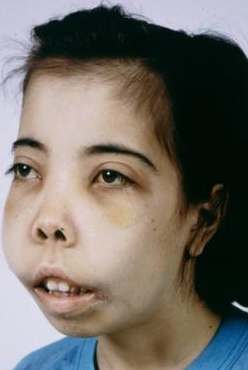

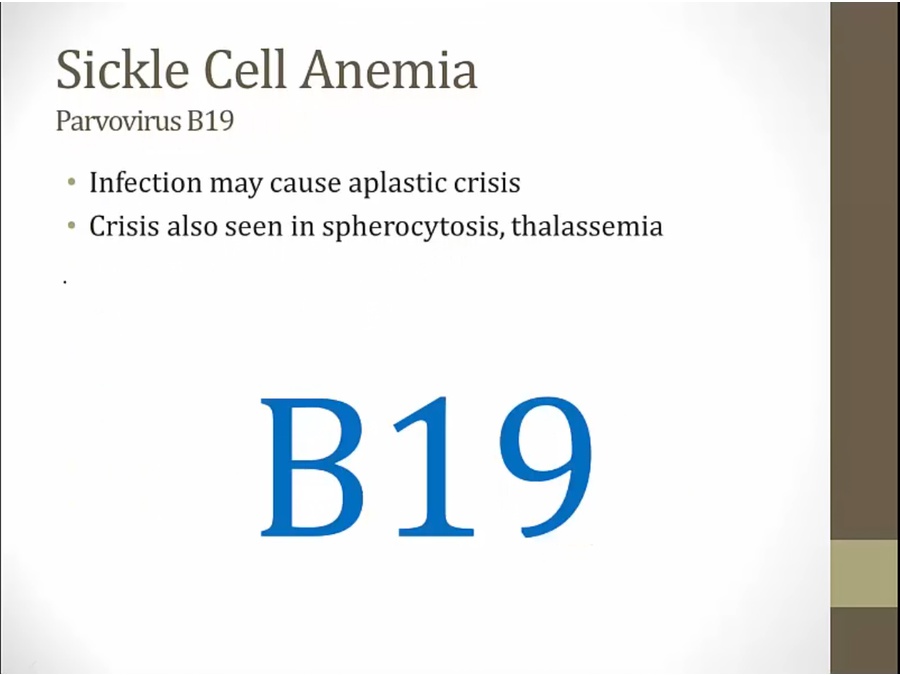
Vasoocclusion
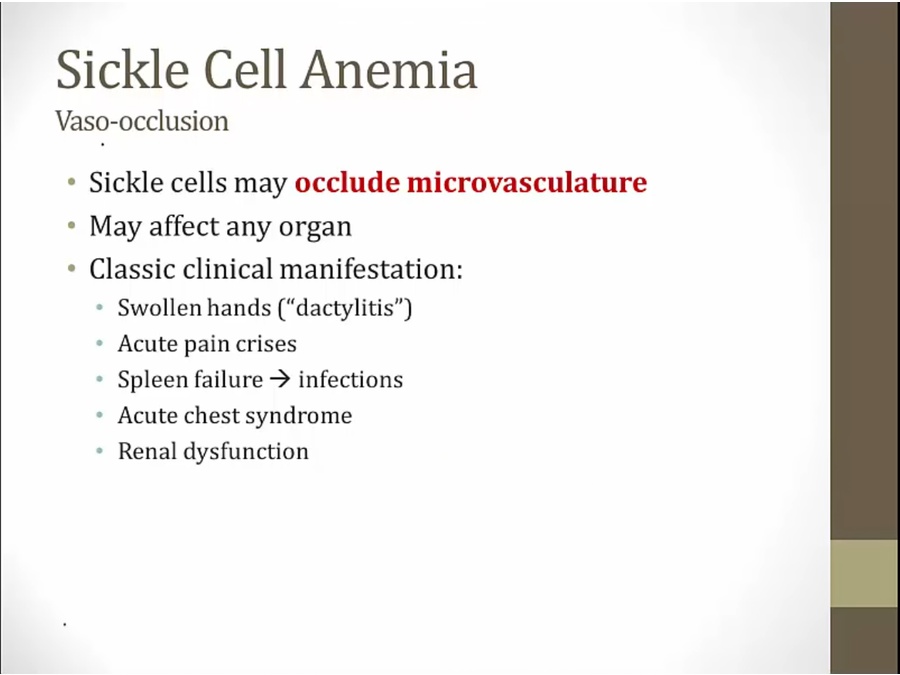
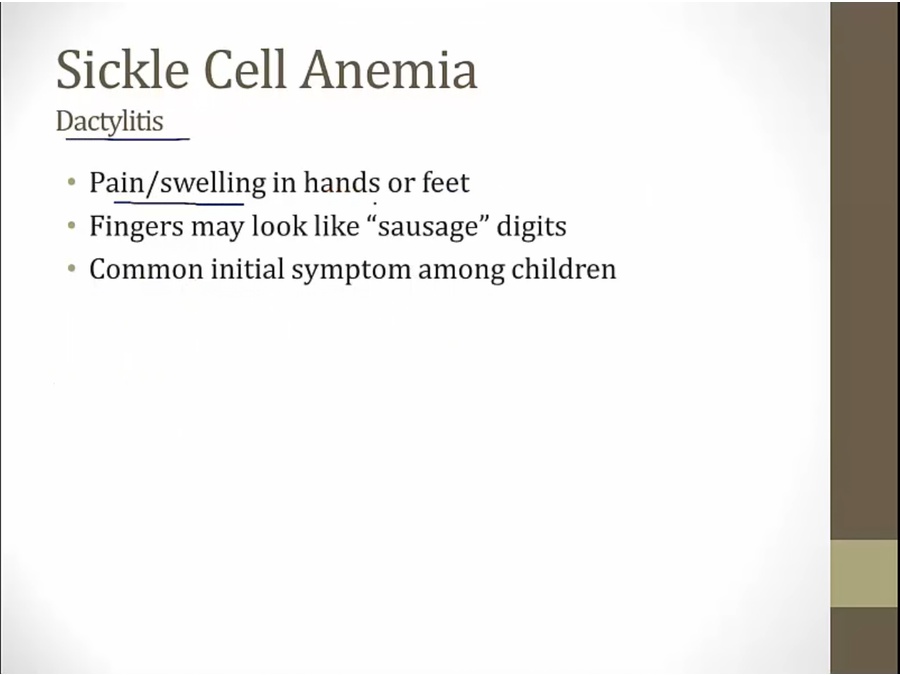
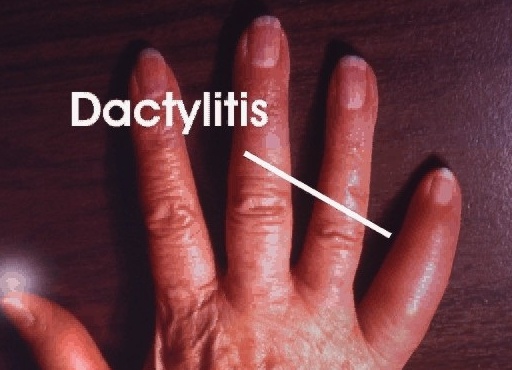
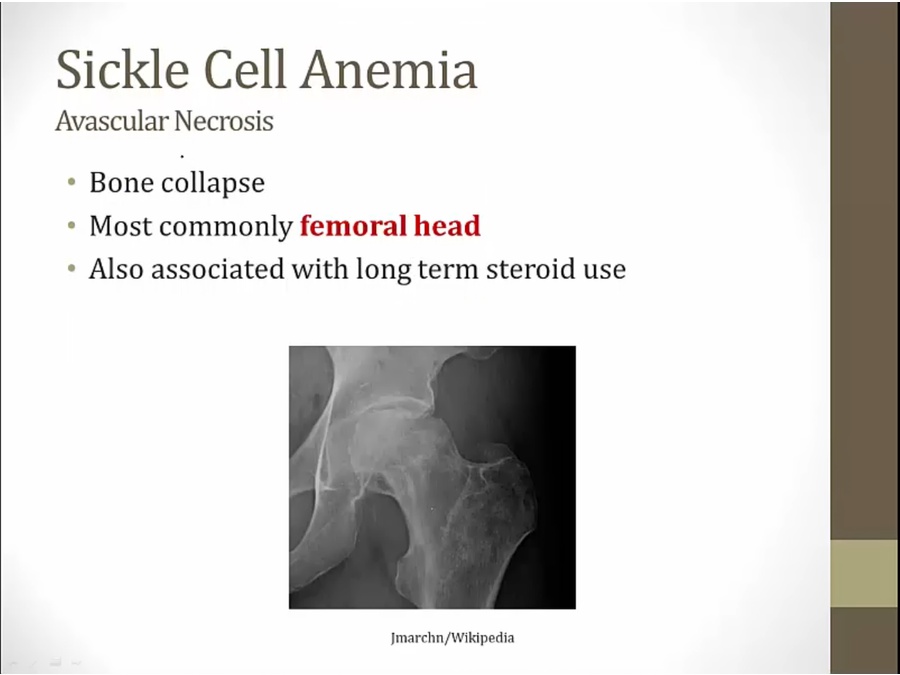
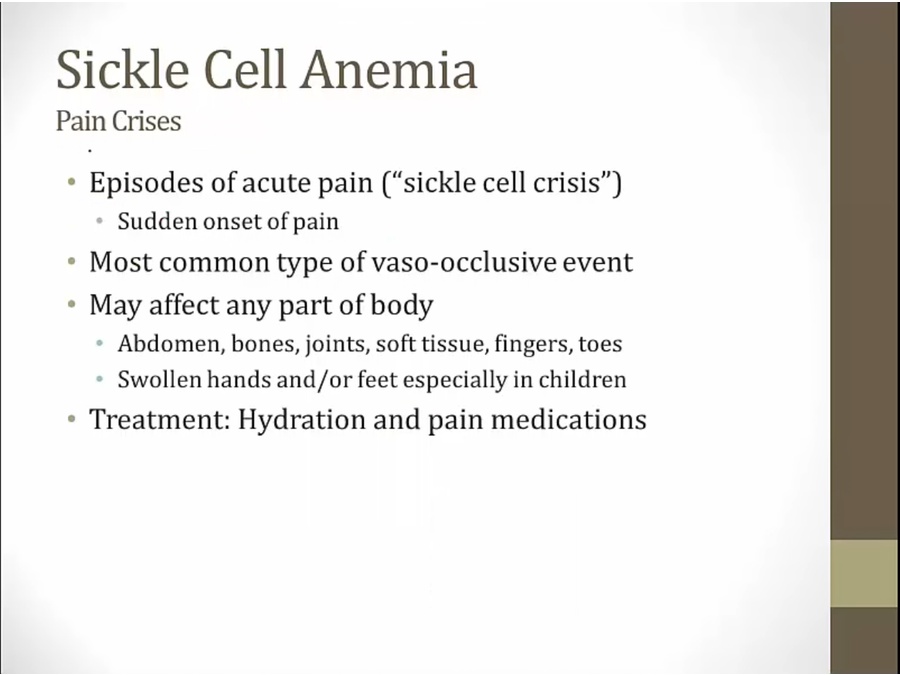
- dehydration lead to sickling
- can become dependent on narcotics
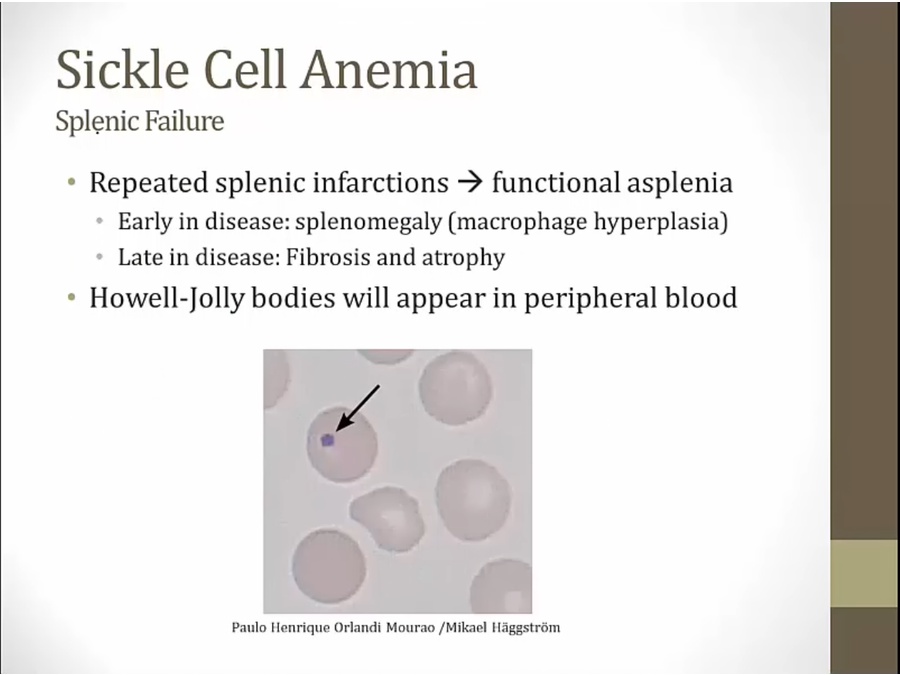
- have spleen but not working
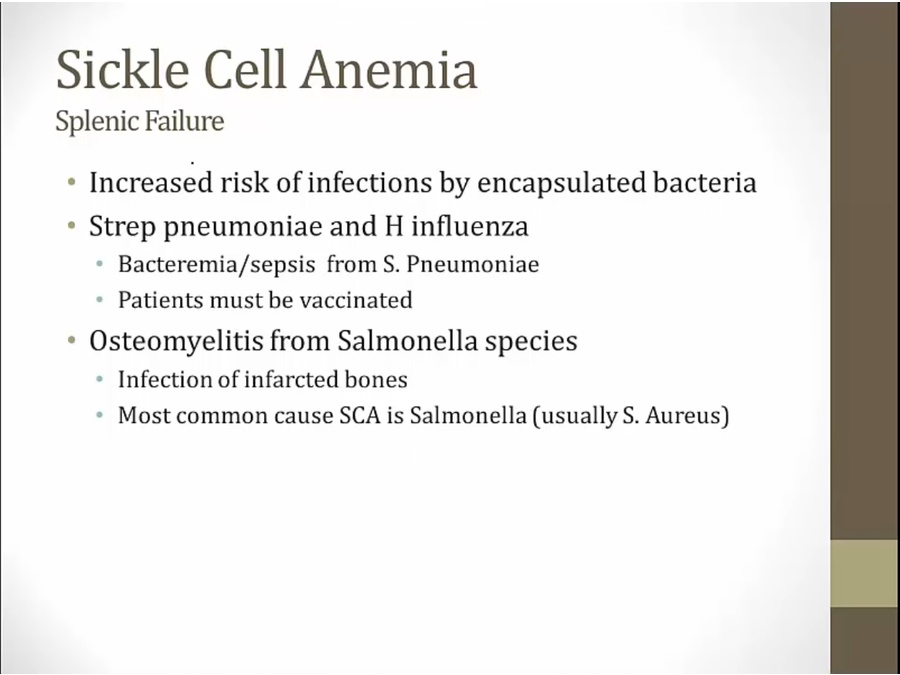
- can die from infection
- salmonella encapsulated, staph not
- The spleen may demonstrate brownish discoloration (hemosiderosis) due to extensive ingestion of sickled RBCs by splenic macrophages (extravascular hemolysis).
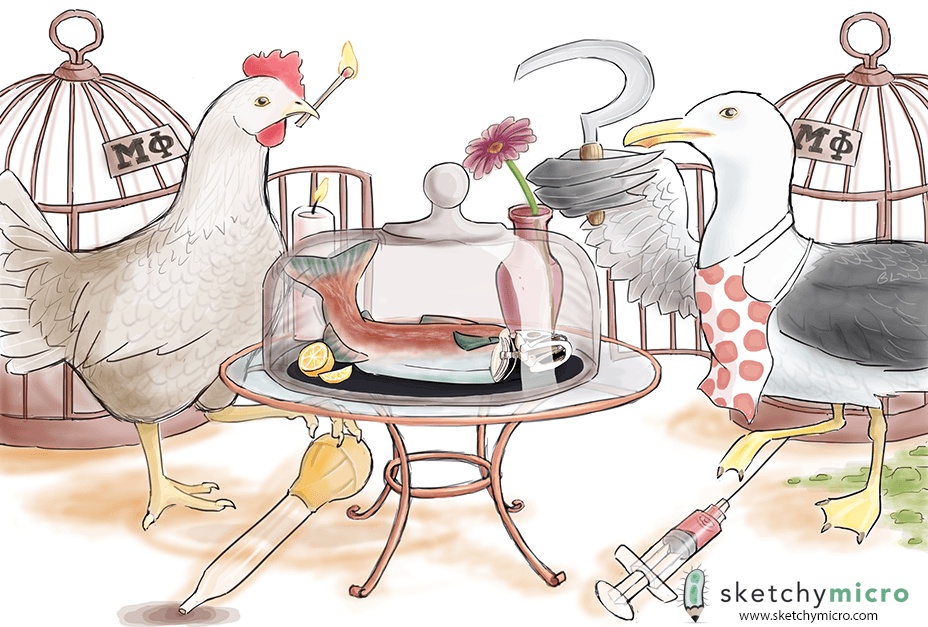
- fish bone: Osteomyelitis
- sickle: In Sickle Cell disease
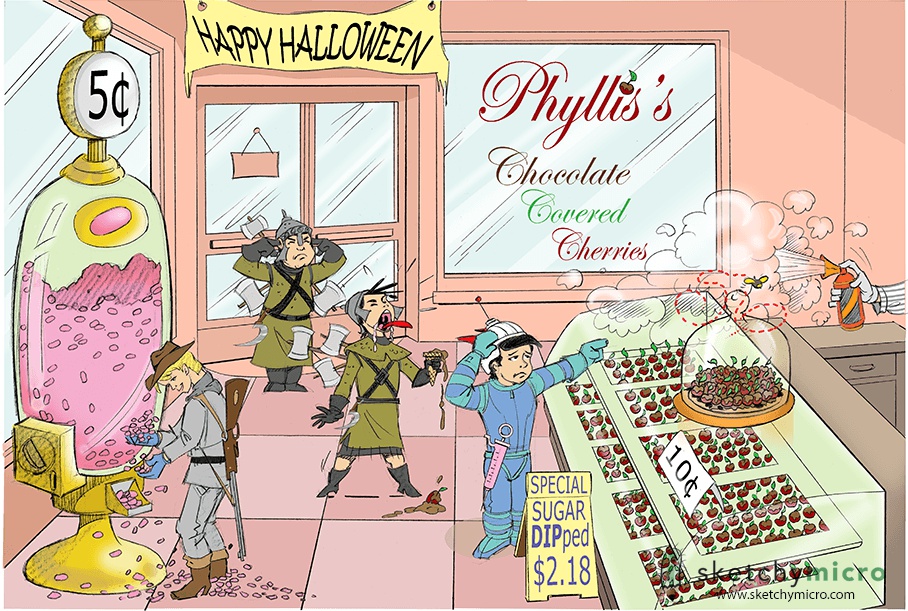
- sickle: Increased risk of infection in sickle cell or asplenic patients
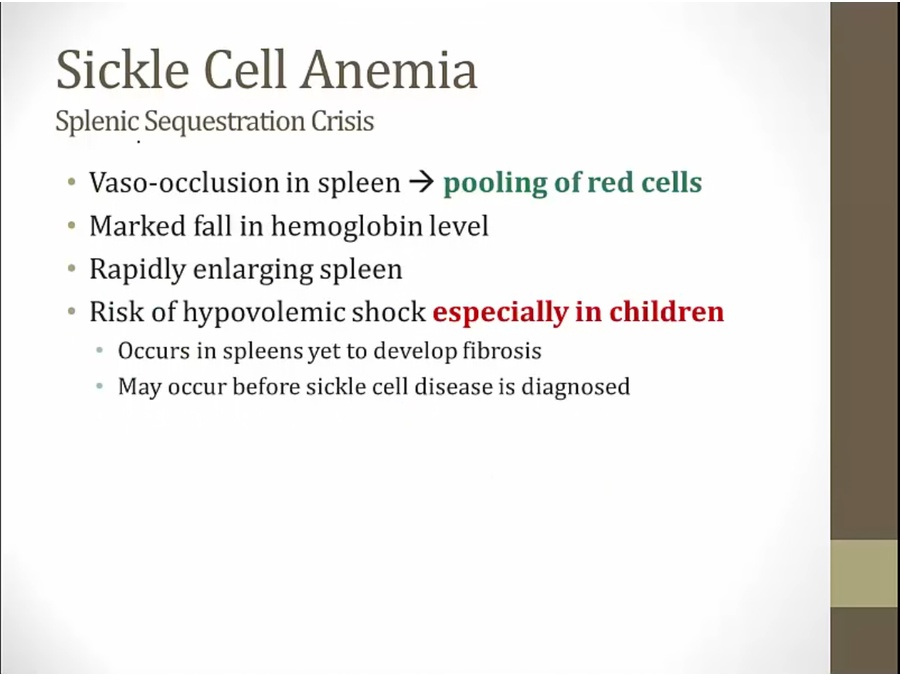
- pooling of RBC in spleen from obstruction
- children: spleen not yet fibrosis
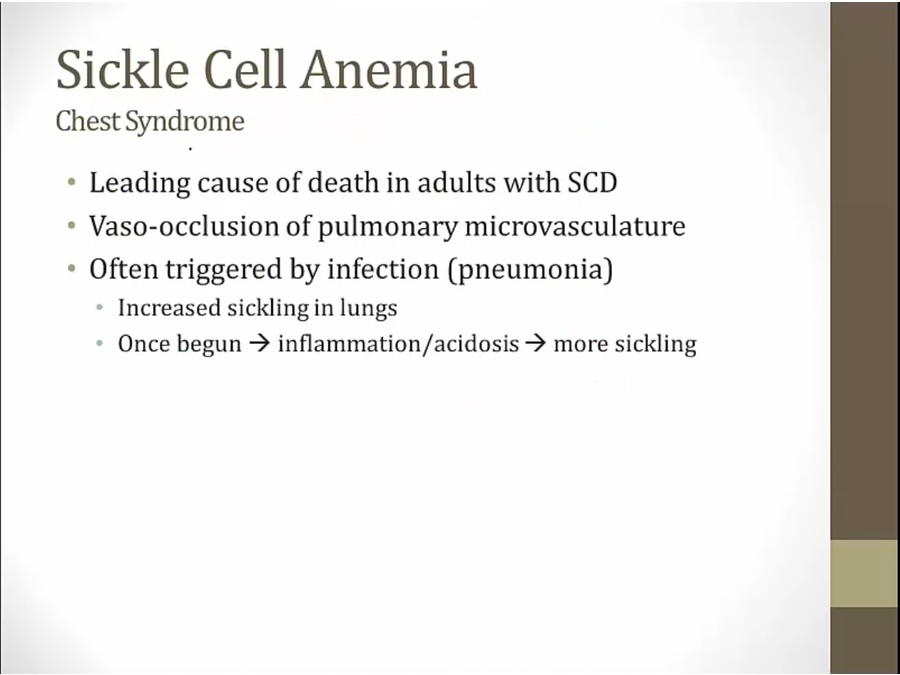
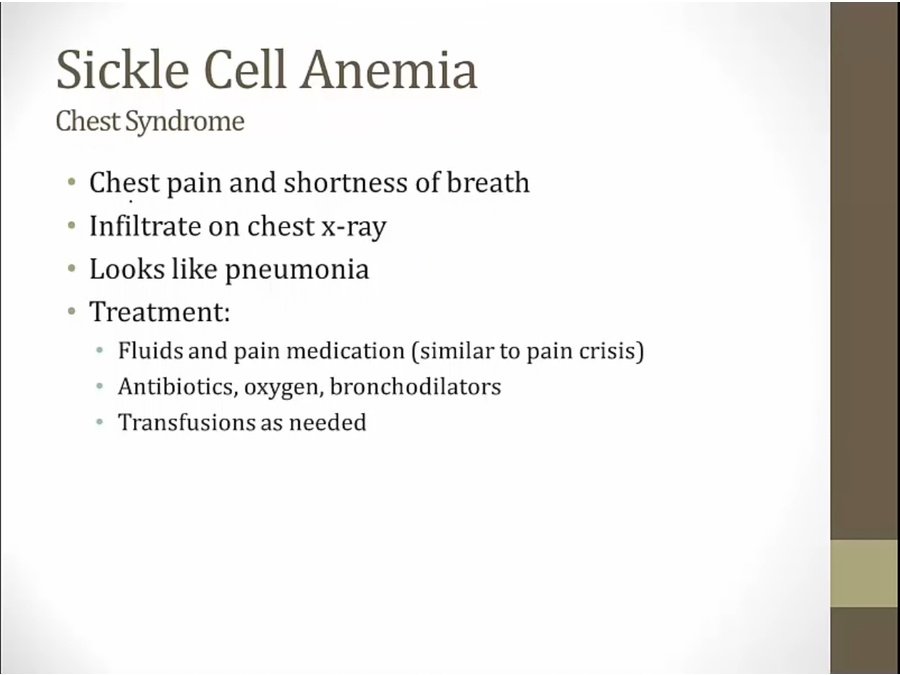
- treated with antibiotics because looks just like pneumonia. Don't know if microbe present or not
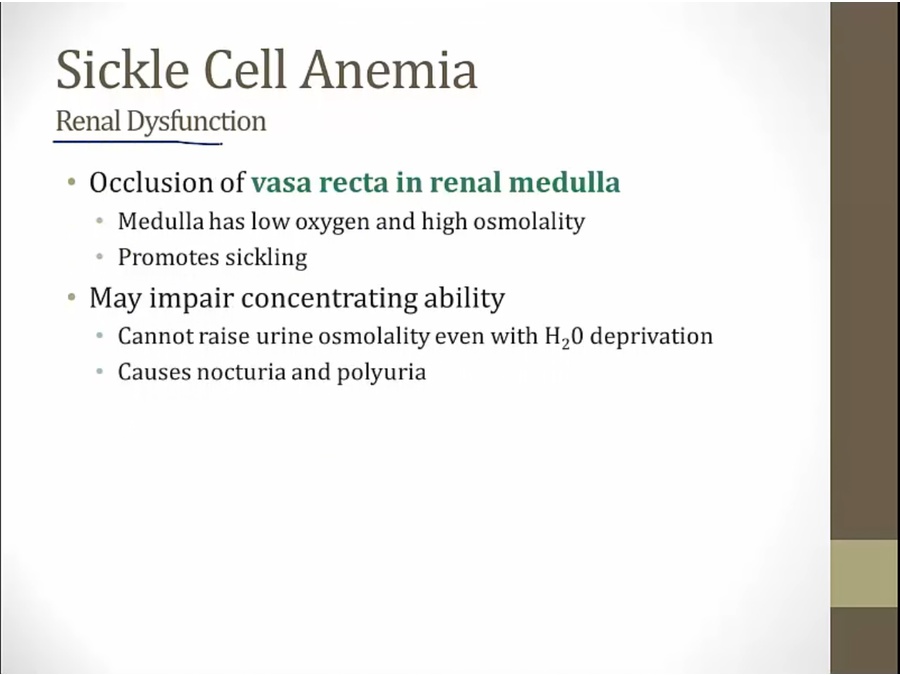

- high concentration in medulla abolished
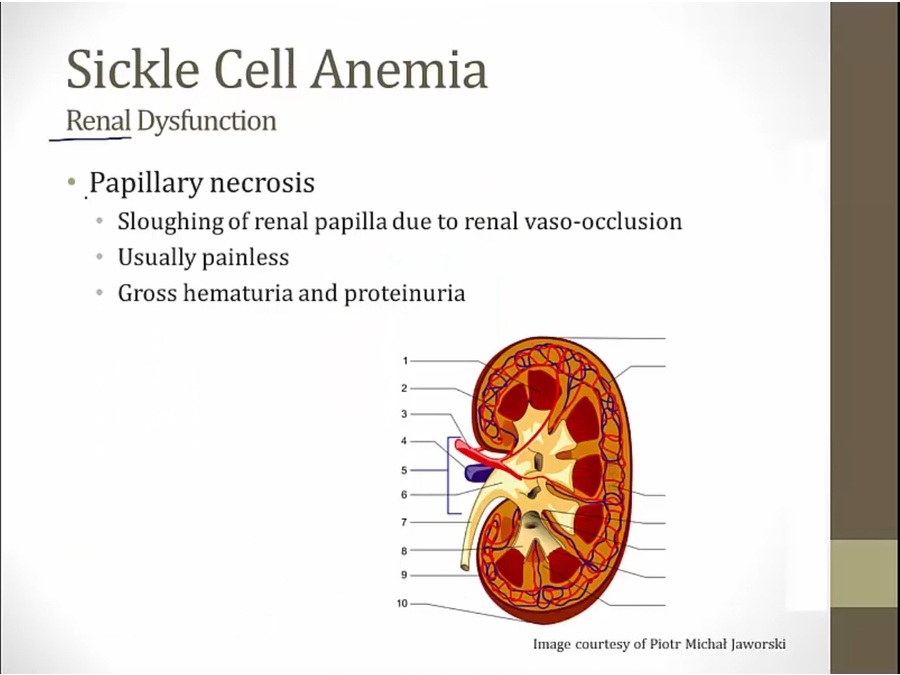
Treatment
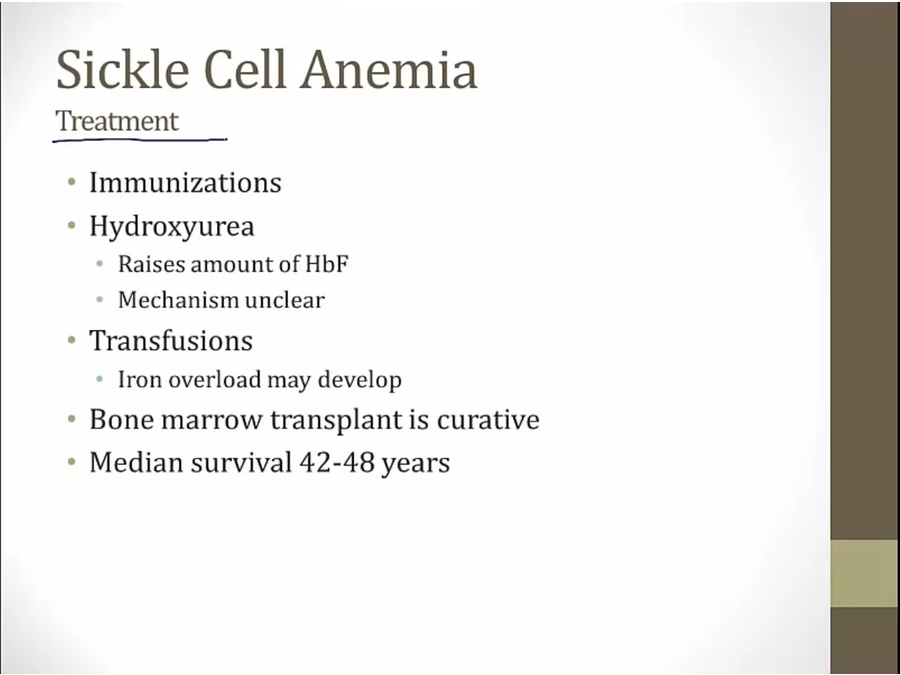
Trait
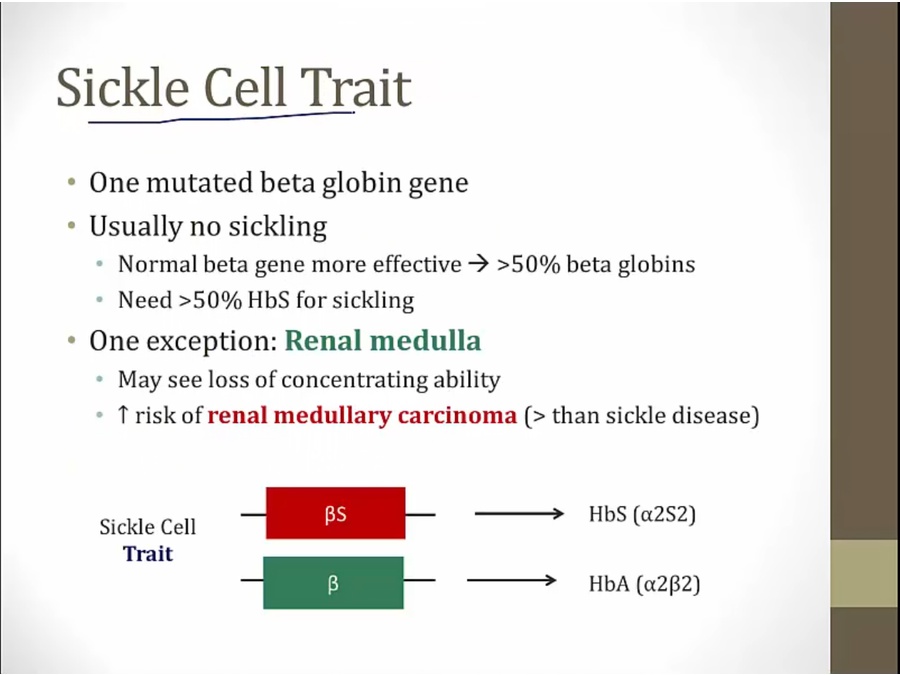
Diagnosis
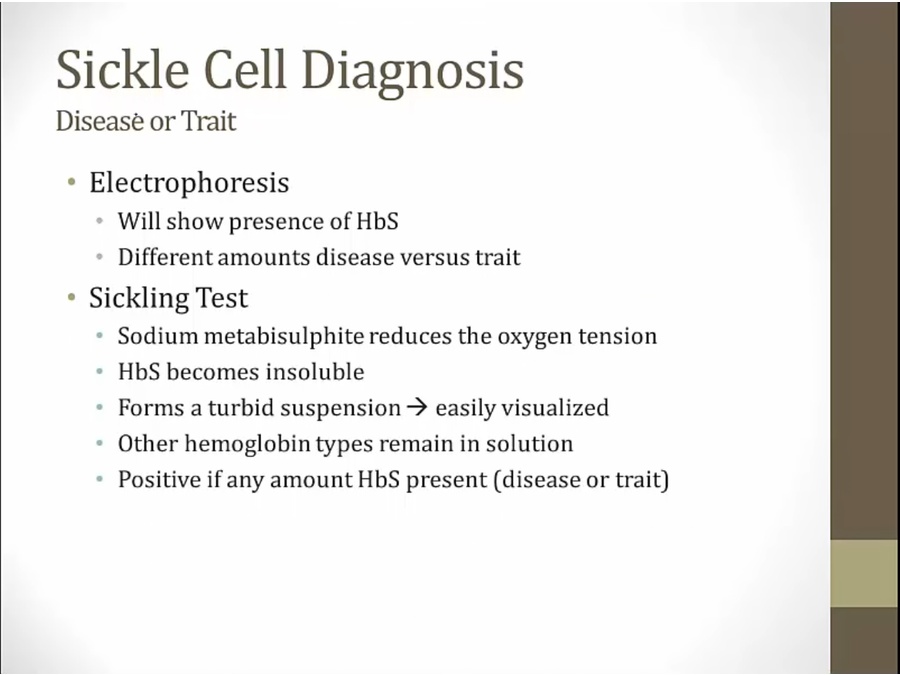
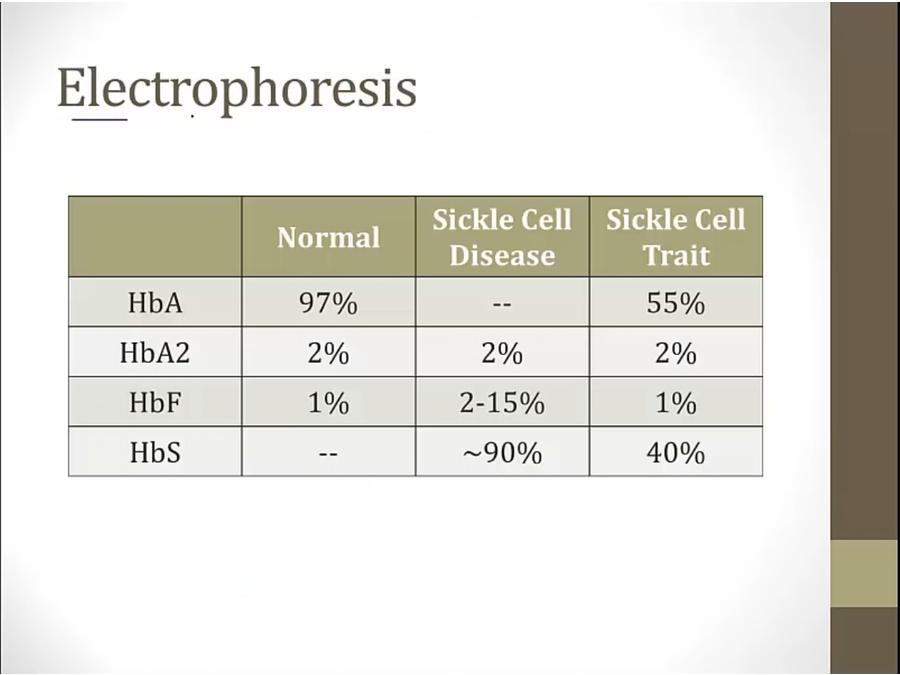
Malaria
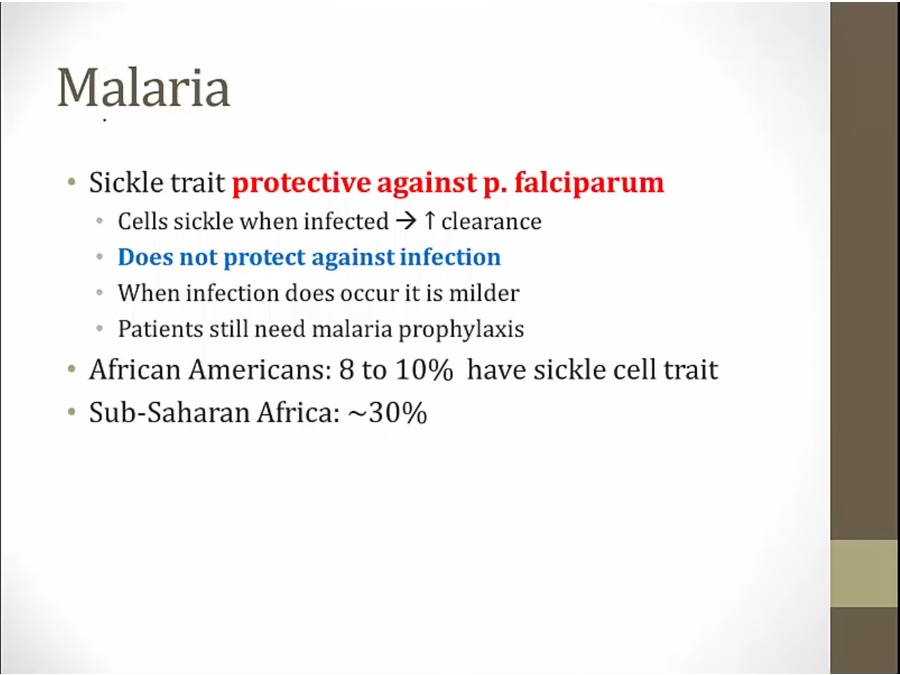
- most severe form
- just as likely to be infected, less likely to die
Thalassemia
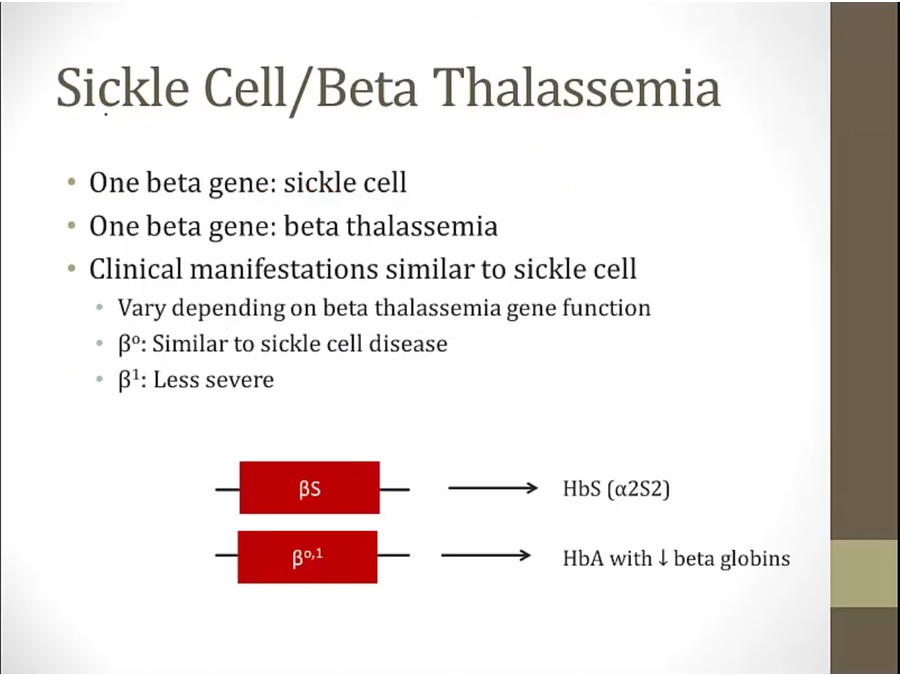
- less beta production depending on how severe infection is
HbC
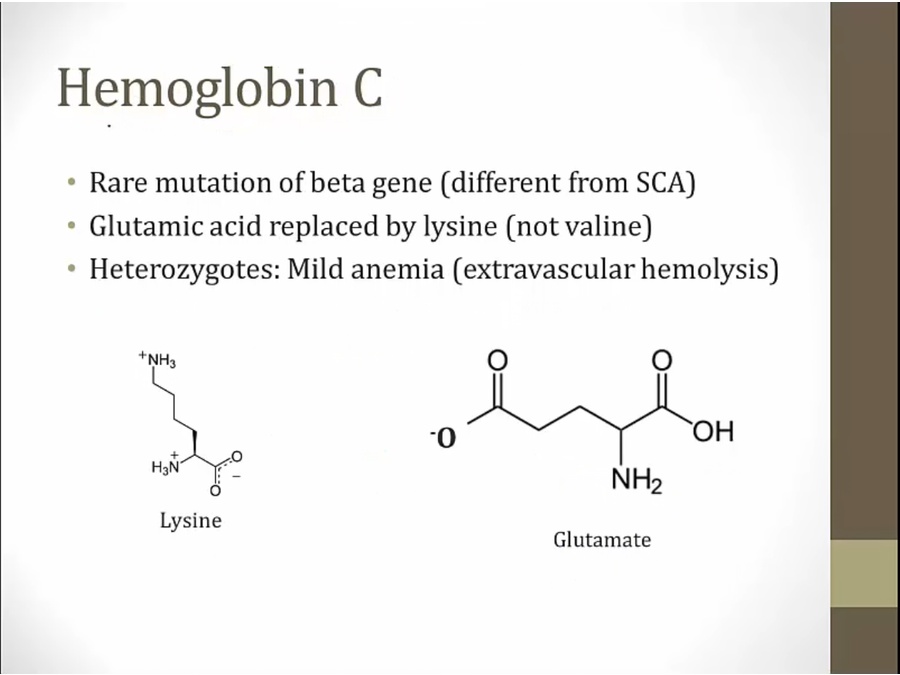
- lysine more polar than valine: not as severe of a problem
- lysing more positive than glutamate, less travel than HbS and Hb normal on electrophoresis
- very rare to be homozygous
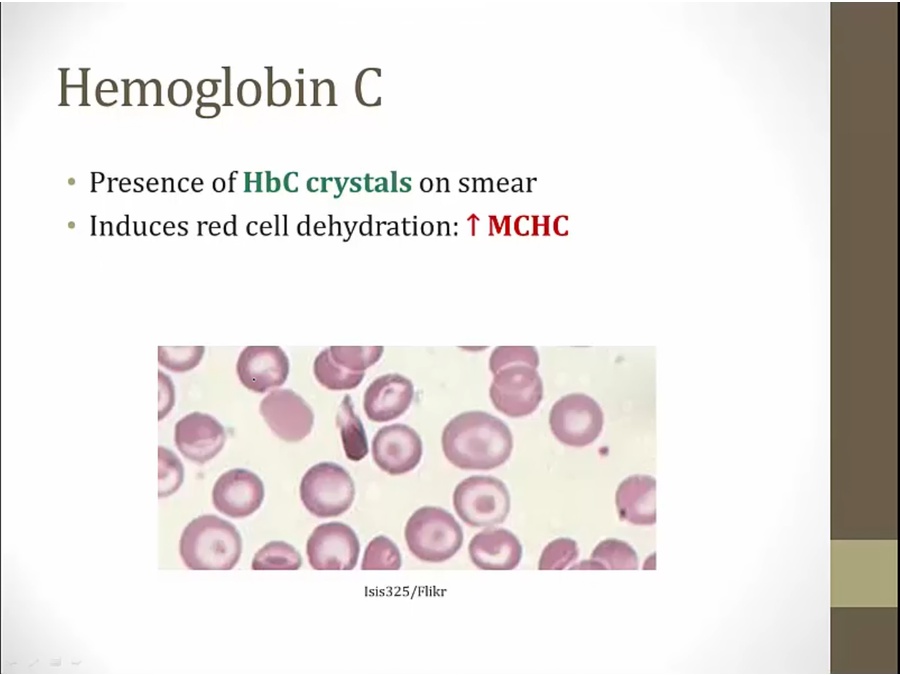
Hb SC

- heterozygous: usually mild anemia without sickling
- except HbS plus HbC
Backlinks


































